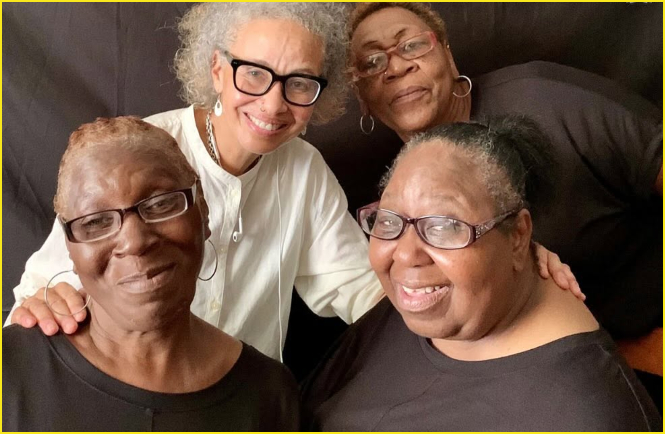In a landmark case that exposed one of the darkest chapters in U.S. medical history, Relf v. Weinberger shocked the nation when it was revealed that two young Black girls from Alabama—Mary Alice and Minnie Relf—were involuntarily sterilized in the 1970s.
They were only 14 and 12 years old!
The sisters’ mother, who was illiterate, unknowingly signed an “X” on a consent form she believed authorized birth control injections for her daughters.
Instead, the girls underwent irreversible sterilization surgeries. The family, living in poverty and already vulnerable to systemic inequities, had no idea that their trust in federally funded health programs would lead to such a gross violation of their human rights.
The case, brought forward in 1974 by the Southern Poverty Law Center, exposed a disturbing national pattern: an estimated 100,000 to 150,000 poor Americans were being sterilized each year under government-funded programs.
Many of the victims were people of color, individuals with disabilities, or those deemed “unfit” by social service agencies and medical institutions.
Eugenics by Another Name

The sterilizations were not isolated incidents but part of a larger legacy rooted in the eugenics movement—an ideology that sought to “improve” society by preventing certain populations from reproducing. By the mid-20th century, 32 states had passed sterilization laws targeting those considered undesirable: immigrants, the mentally ill, the disabled, and disproportionately, people of color and the poor.
Nowhere was this more visible than in California, where over 20,000 sterilizations occurred between 1909 and the 1970s. In the South, unnecessary hysterectomies performed on Black women were so common they earned the nickname “Mississippi appendectomies.” These were often done under the guise of routine medical procedures or “training exercises” for medical students.
As author and researcher Alex Stern notes in Eugenic Nation, reproductive surgery was seen by some officials as a public health measure to reduce the burden of “degenerate stock.” These brutal practices continued well into the 21st century—in California prisons, for instance, nearly 150 incarcerated women were sterilized without proper consent between 2006 and 2010.
A Legacy of Trauma and Resistance
The Relf sisters’ case became a turning point in the national conversation on reproductive justice. It helped spark a movement that demanded recognition, accountability, and reparations. In recent years, several states, including North Carolina and Virginia, have issued financial compensation to surviving victims of their eugenics programs—$35,000 and $25,000 respectively.
In 2015, the U.S. Senate unanimously passed the Eugenics Compensation Act, acknowledging past abuses and setting the stage for more comprehensive justice for survivors.
But as advocates like Deborah Reid of the National Health Law Program point out, the fight is far from over.
“Reproductive justice is about ensuring everyone has the power and resources to make informed decisions about their bodies—whether that’s access to abortion, sterilization, or maternity care,” Reid said.
This framework connects the past to present struggles faced by poor women, immigrants, and people of color, particularly those in marginalized communities and detention centers.
Honoring the Voices Silenced
Today, the story of the Relf sisters serves as a solemn reminder of the consequences of systemic racism and unchecked medical power. Their case is not just a historical footnote—it is a call to action.
As filmmaker Renee Tajima-Peña, director of No Más Bebés, aptly summarized, “The reproductive justice framework is to make sure that people listen to the needs and the voices of poor women, women of color, and immigrant women who’ve been marginalized.”
The Relf sisters never consented—but their story demands we do better.
